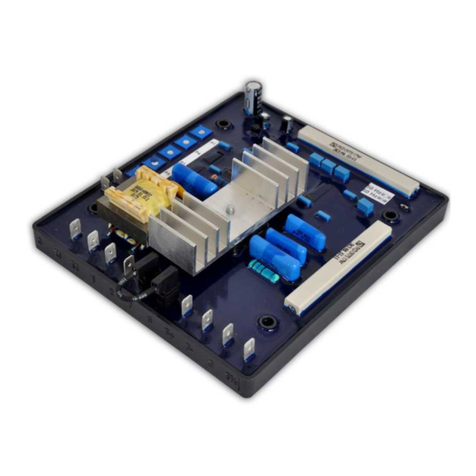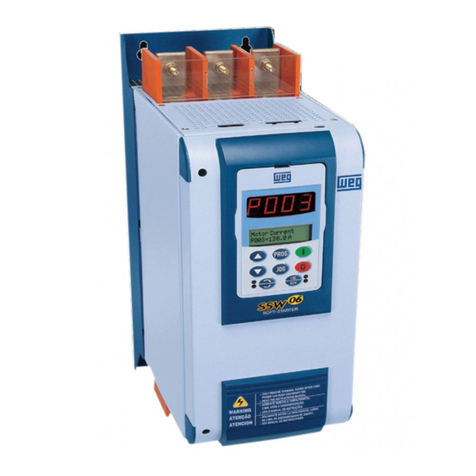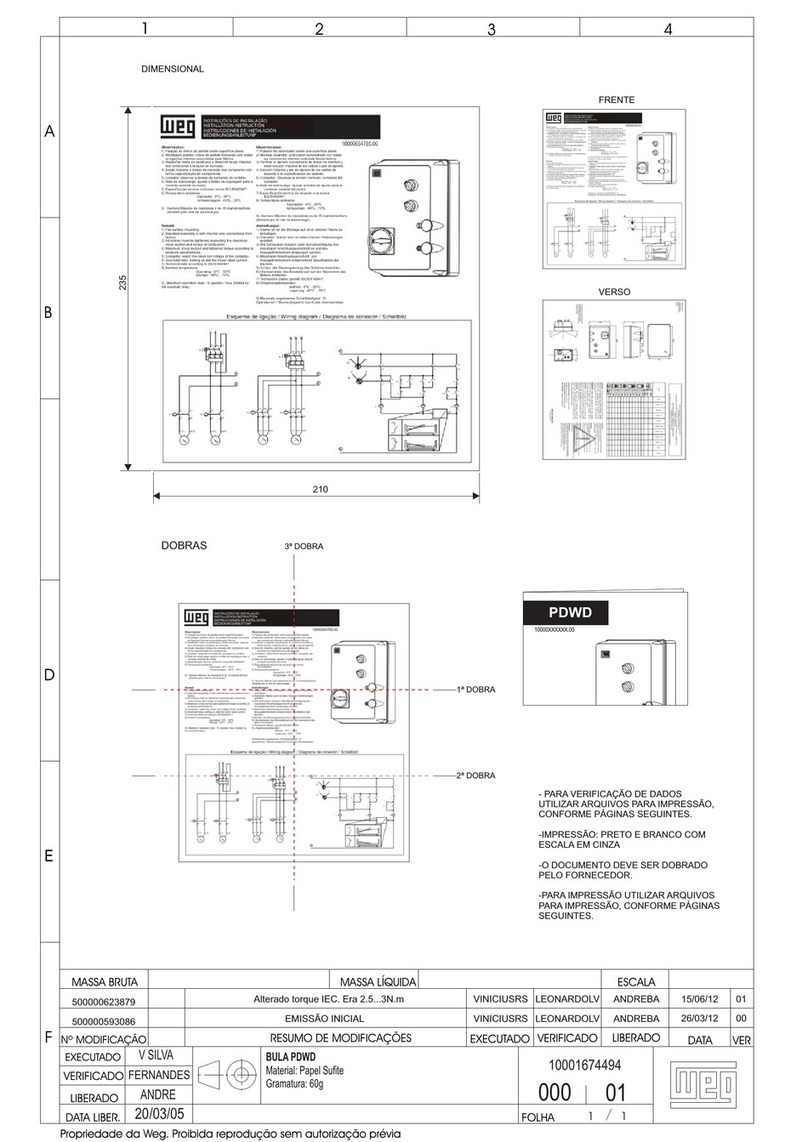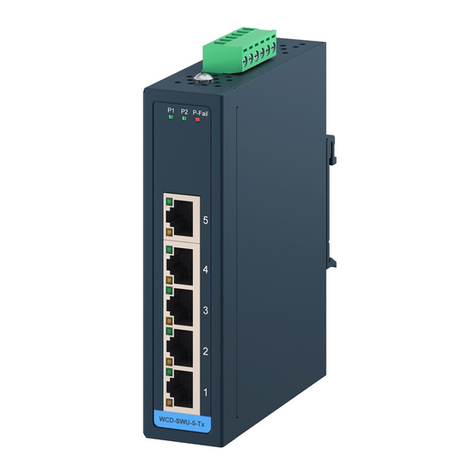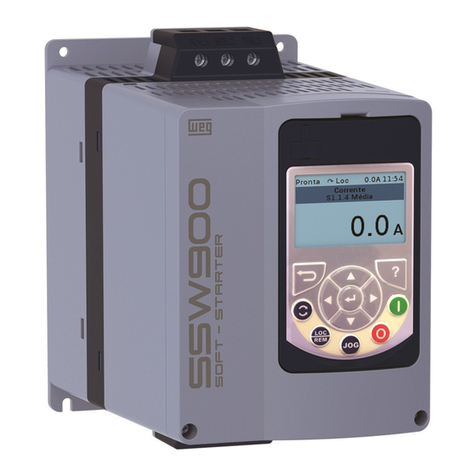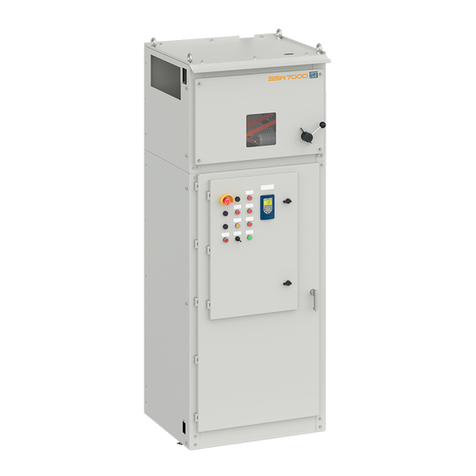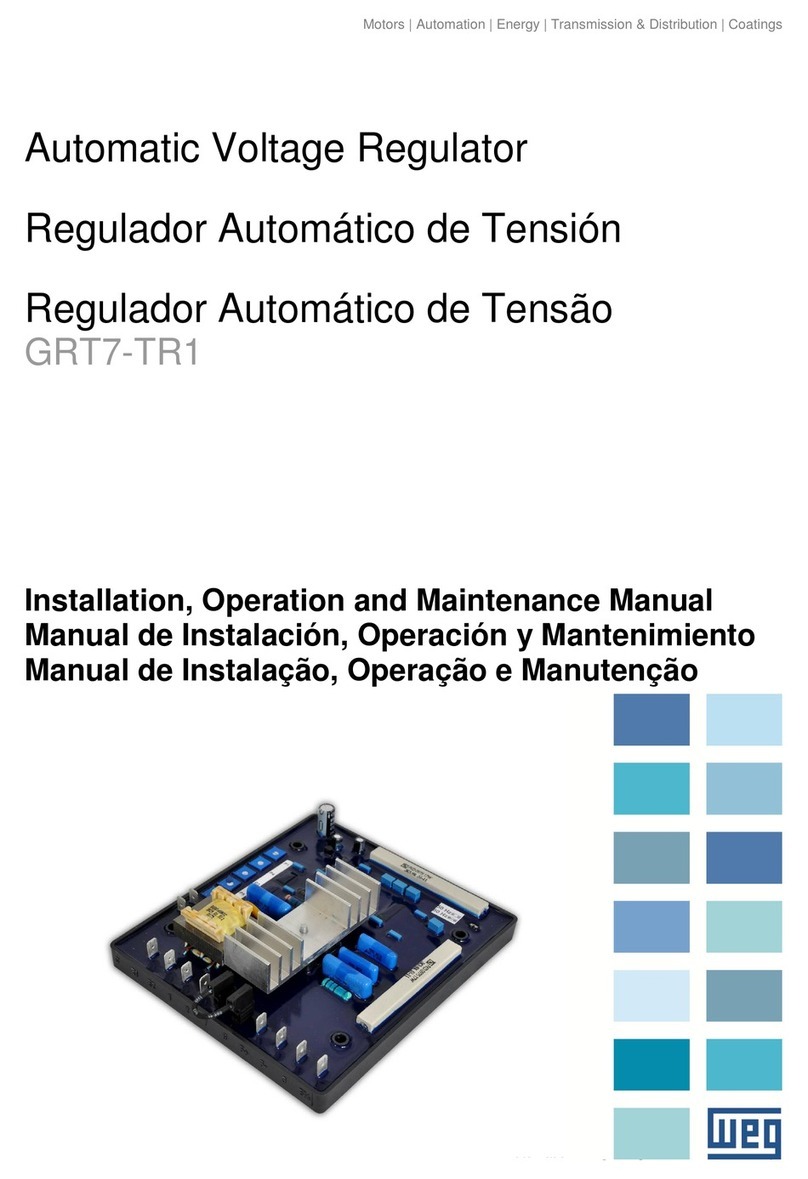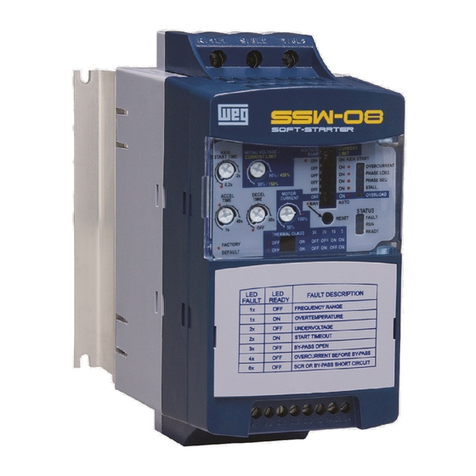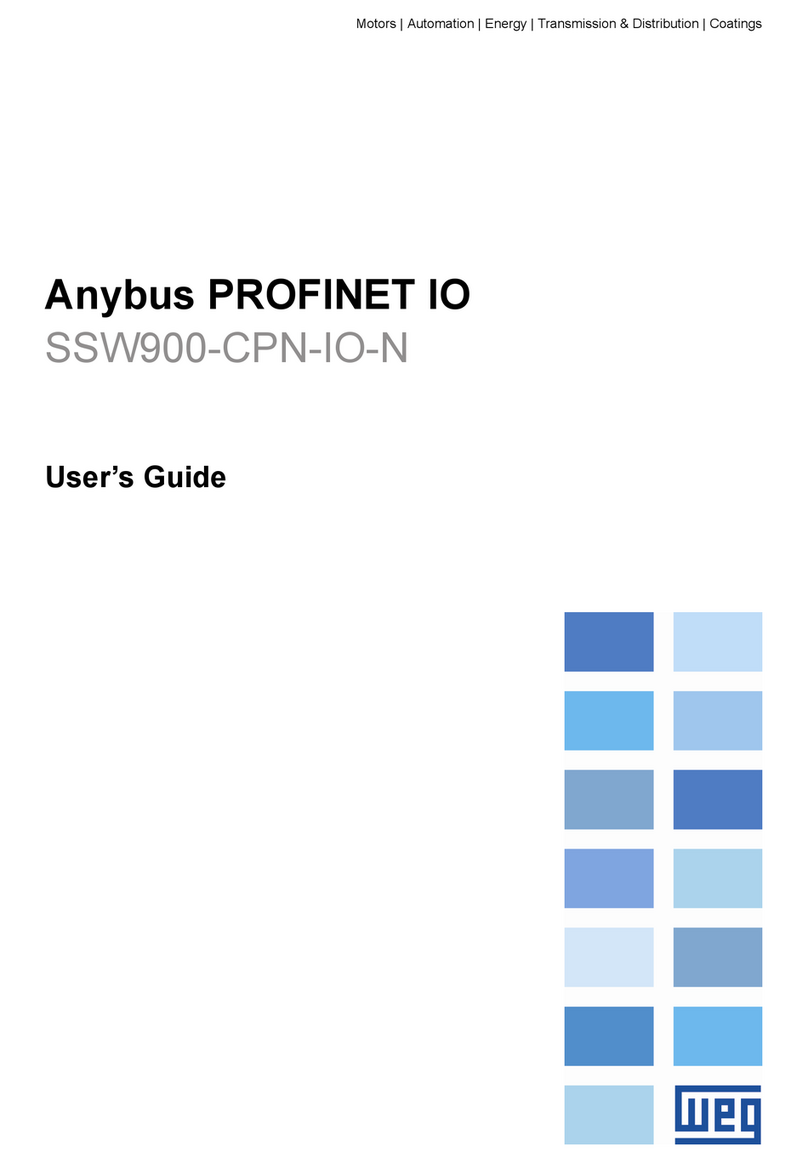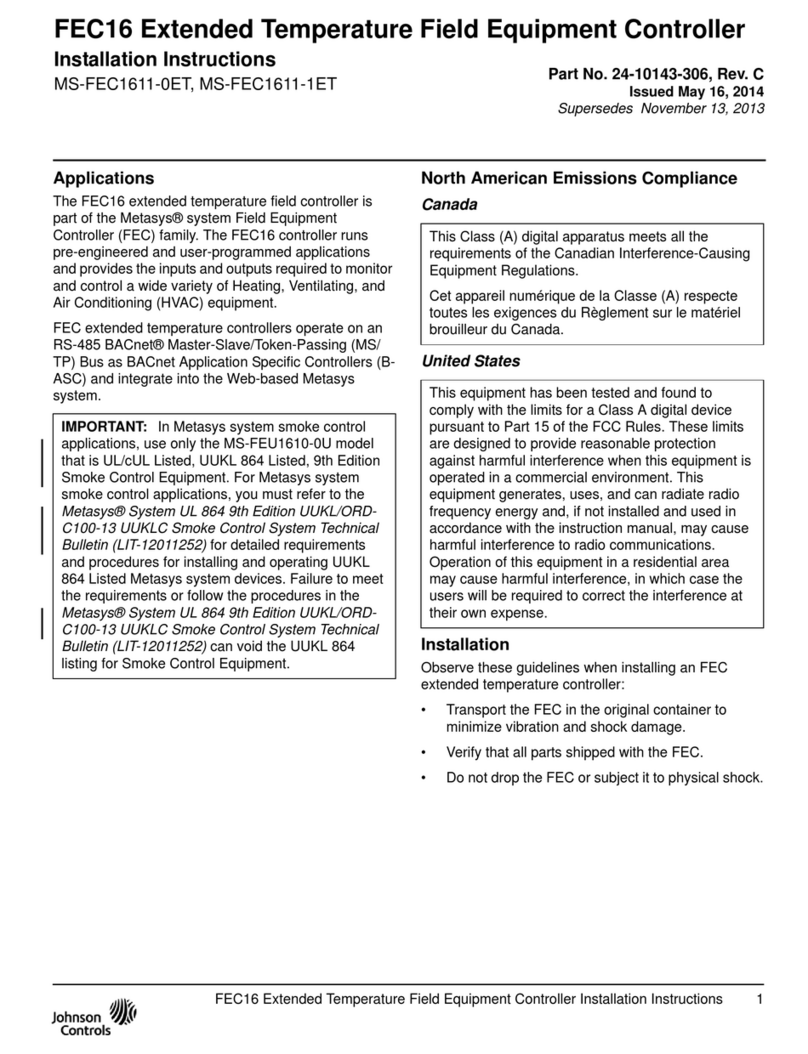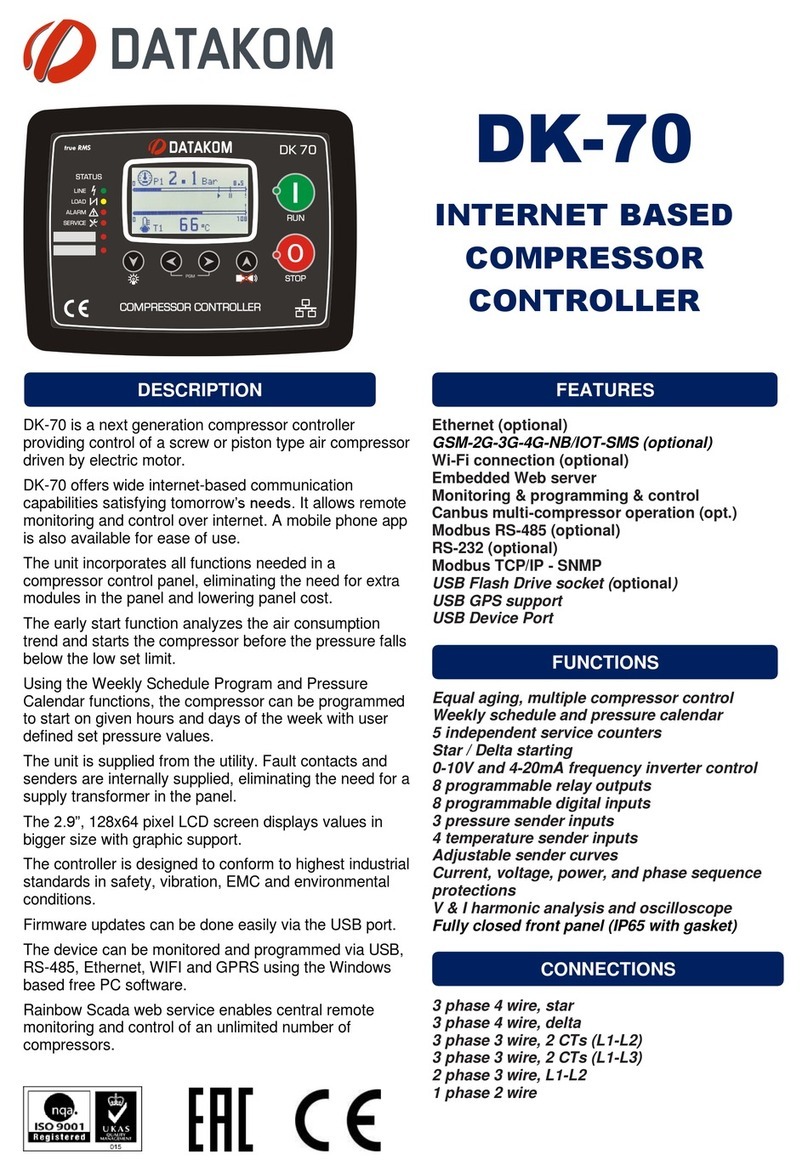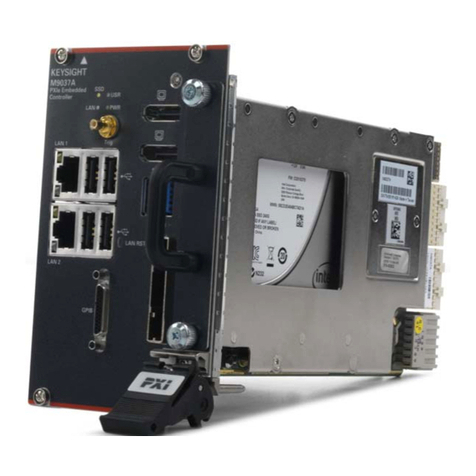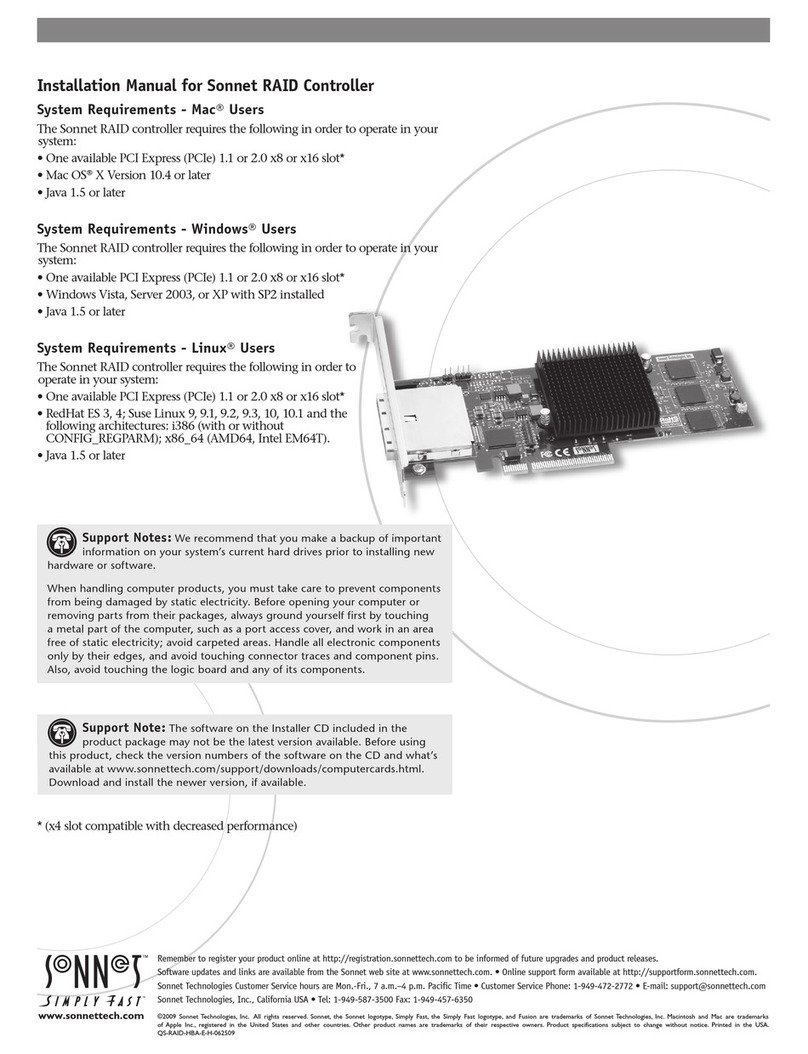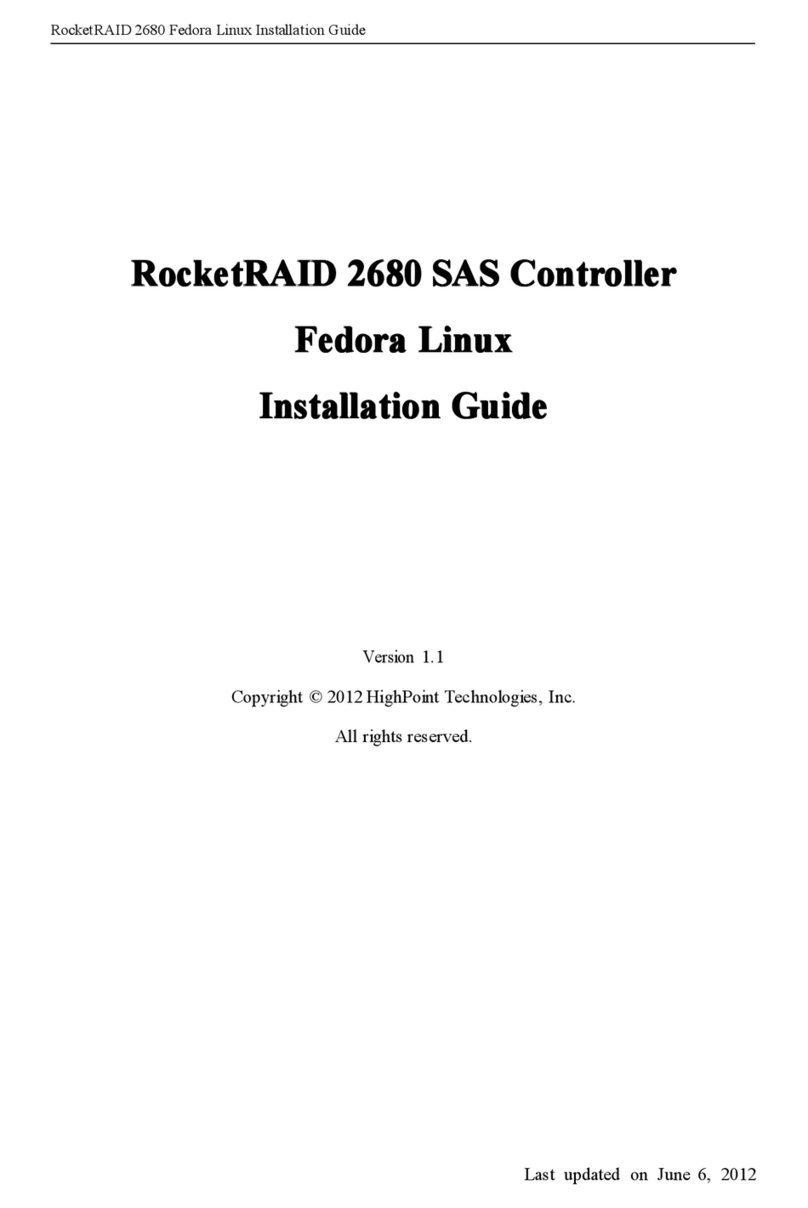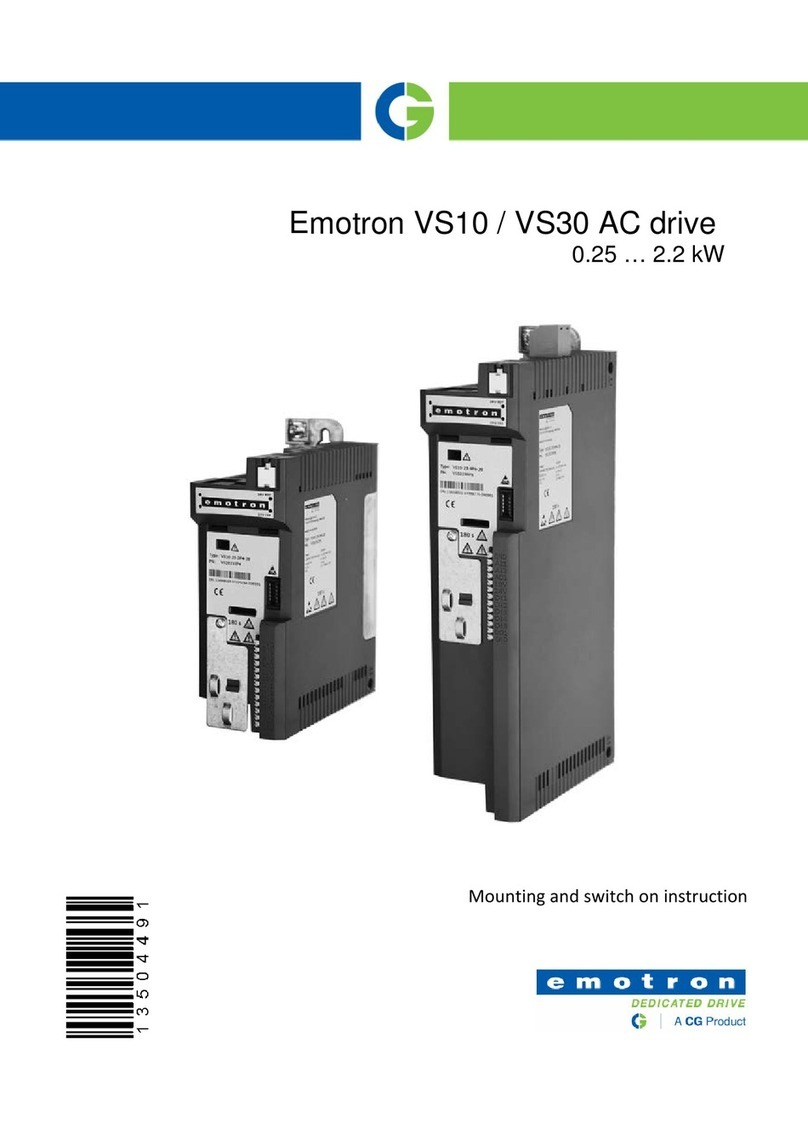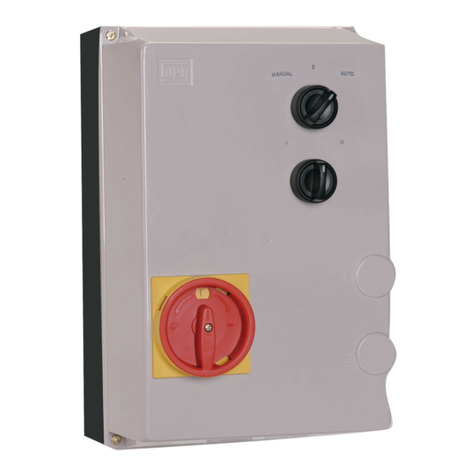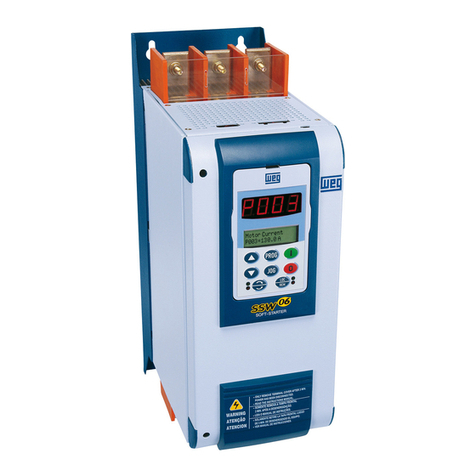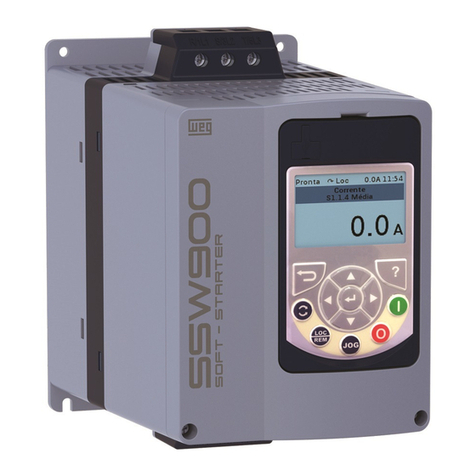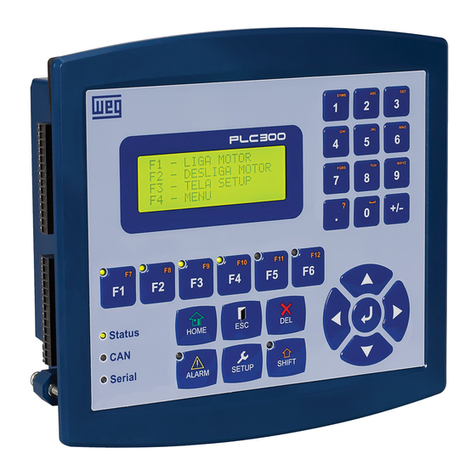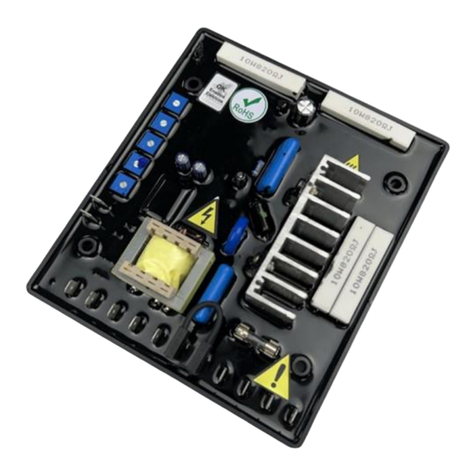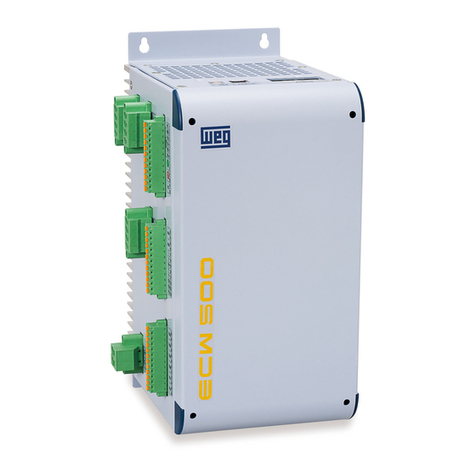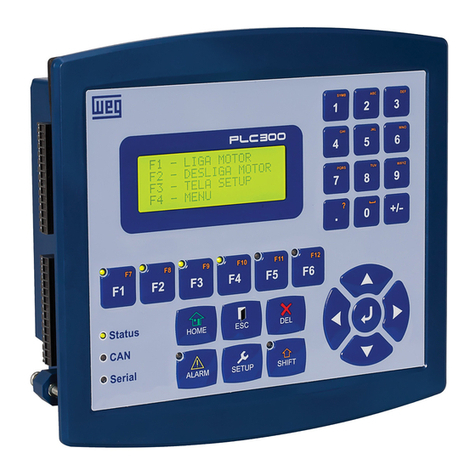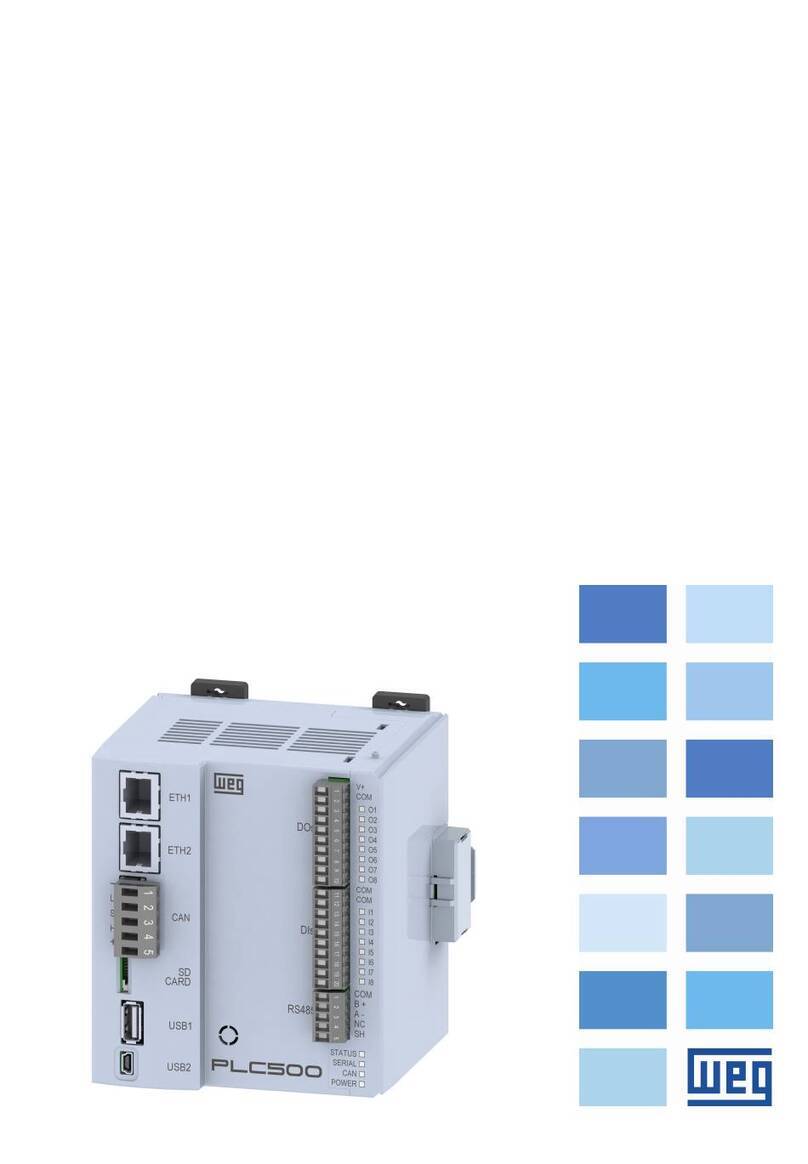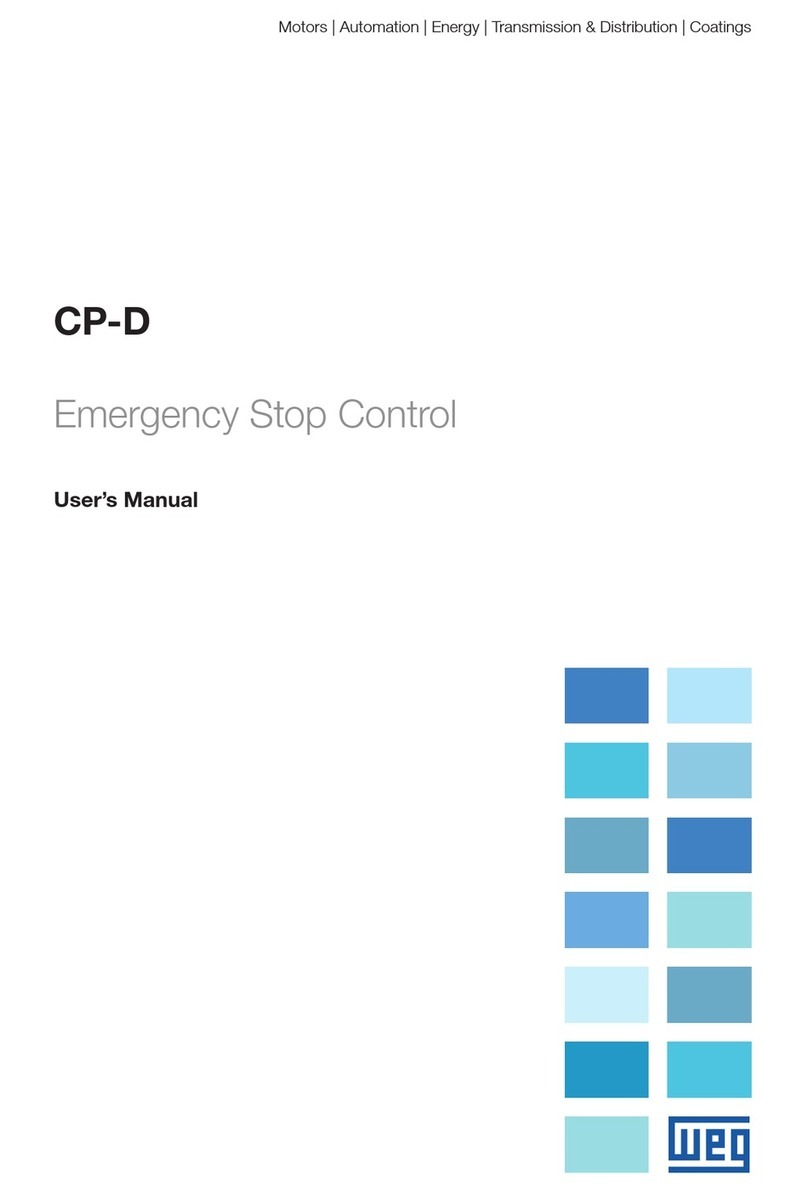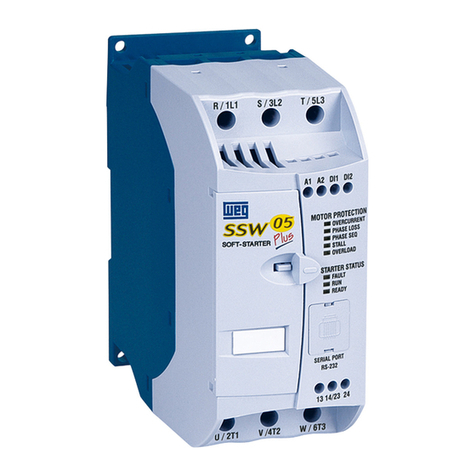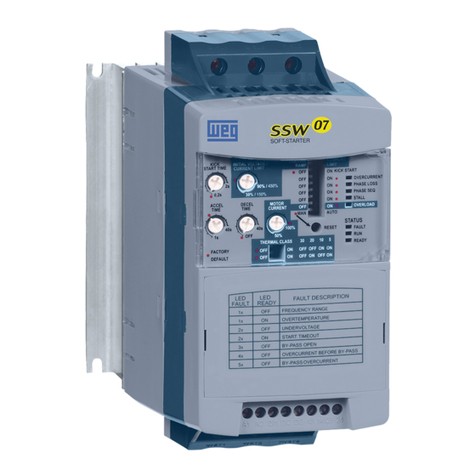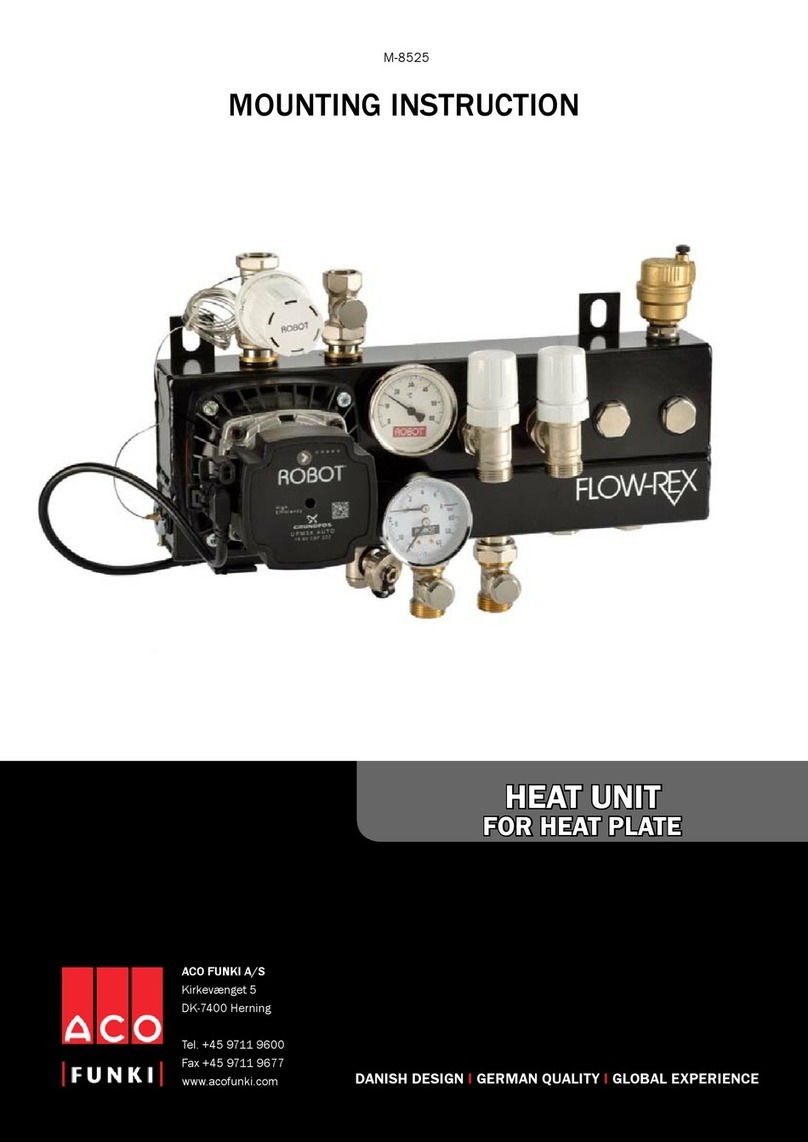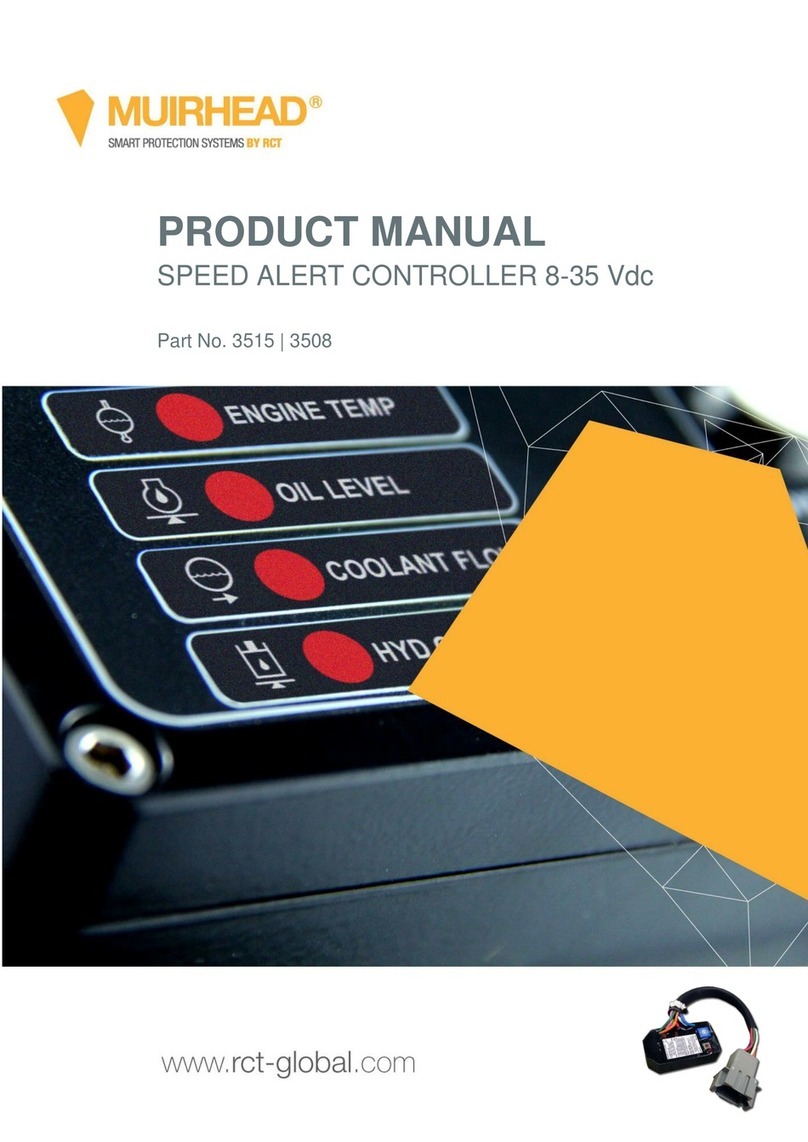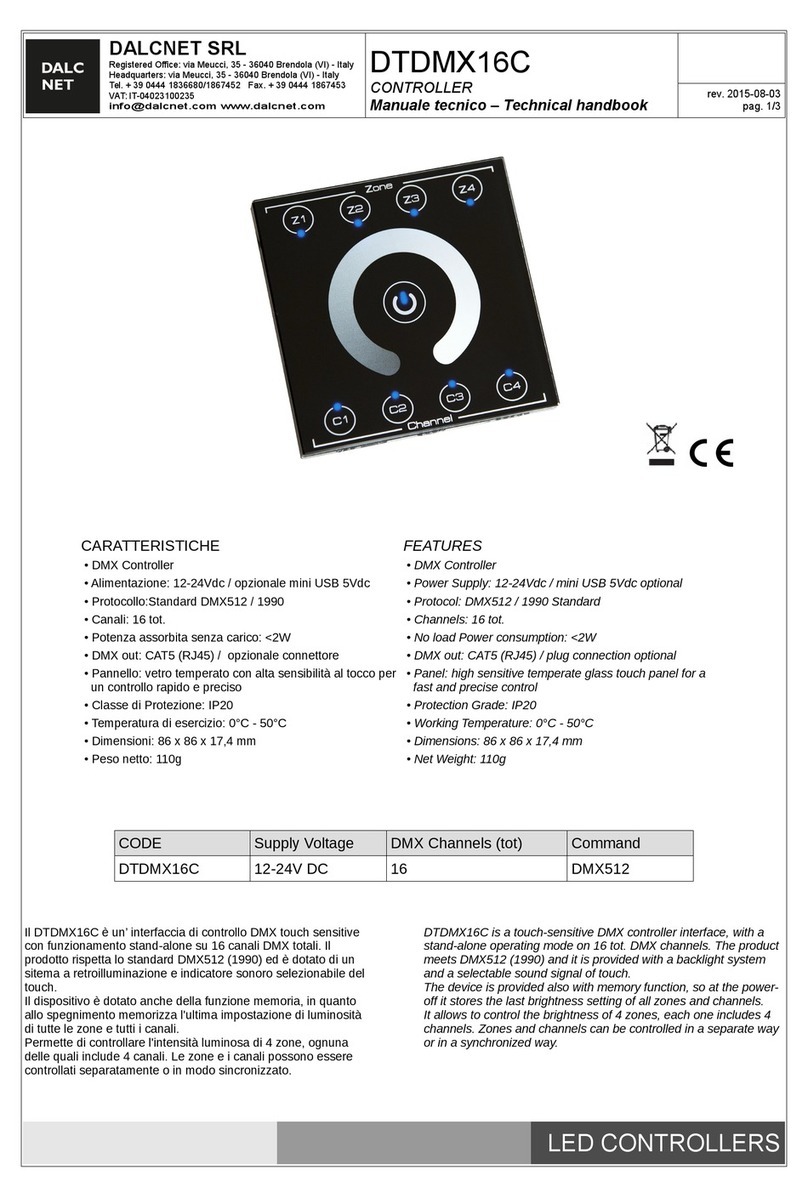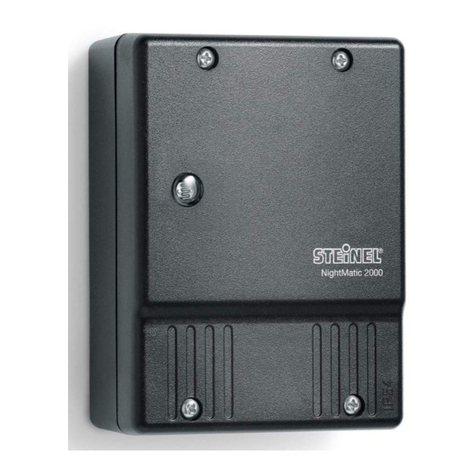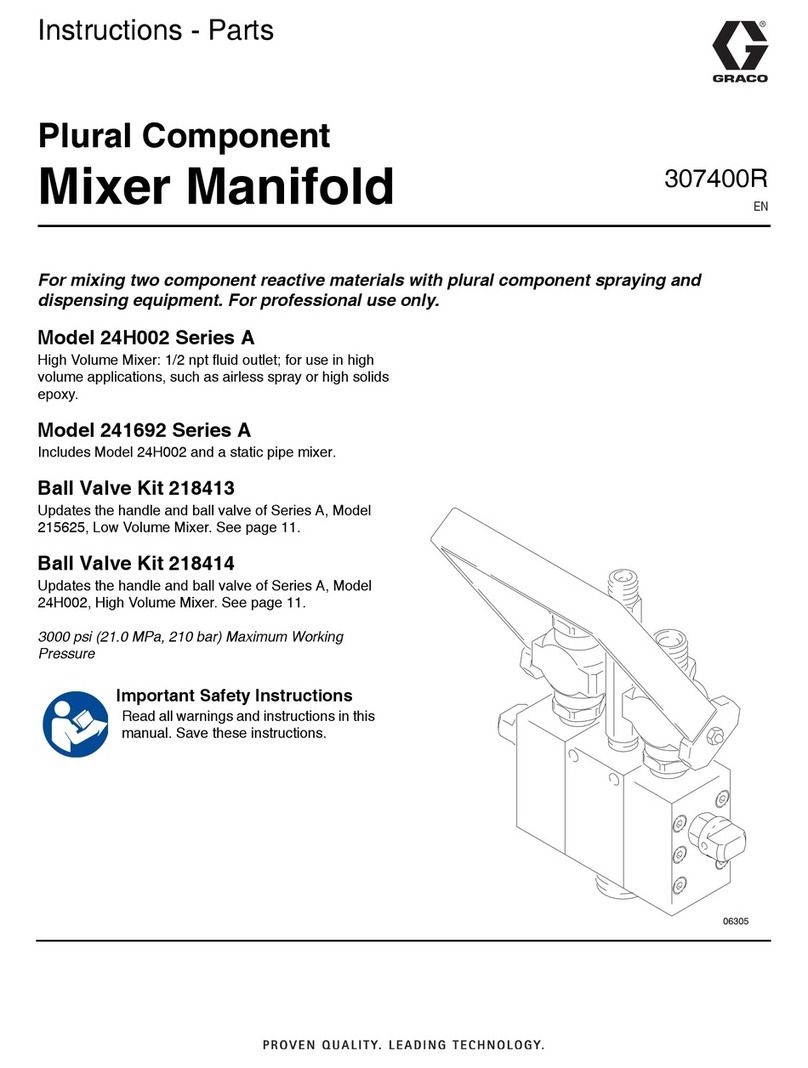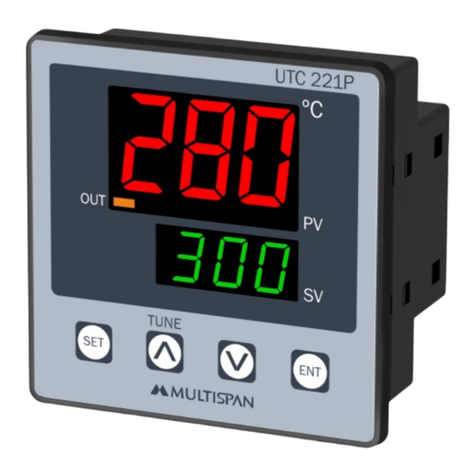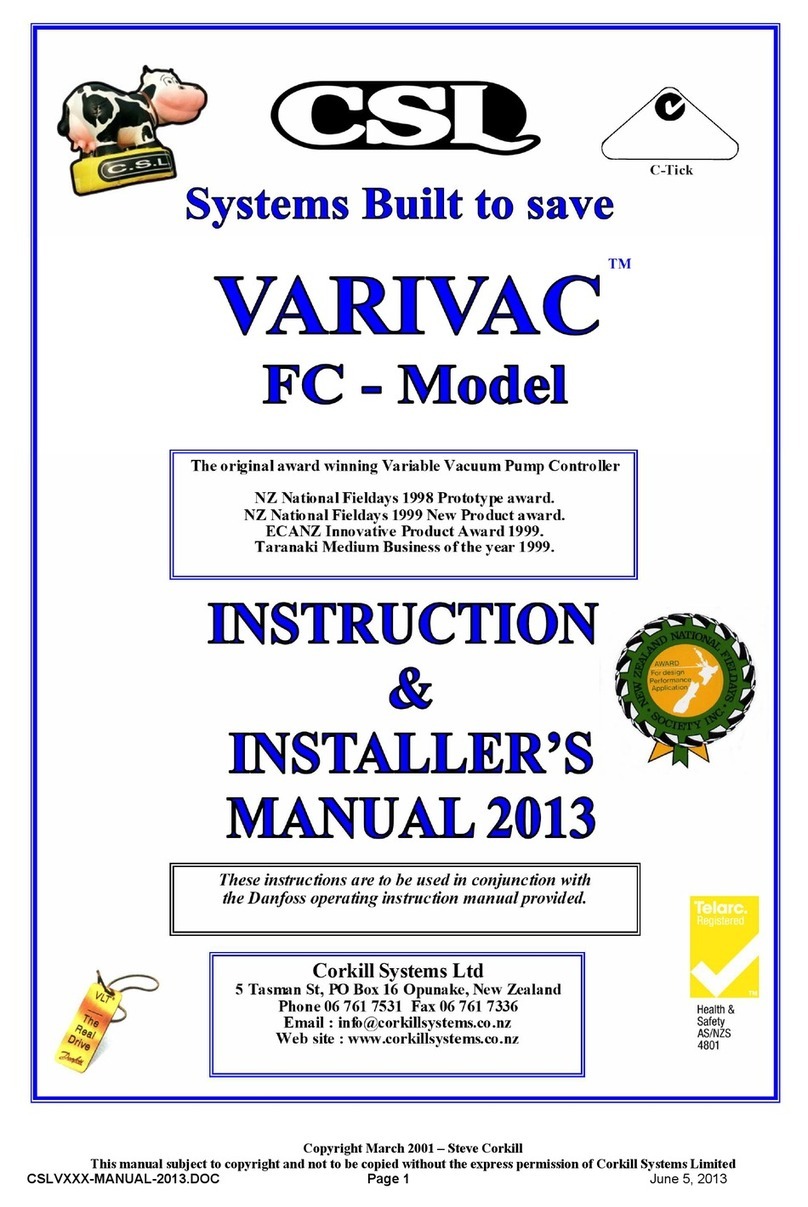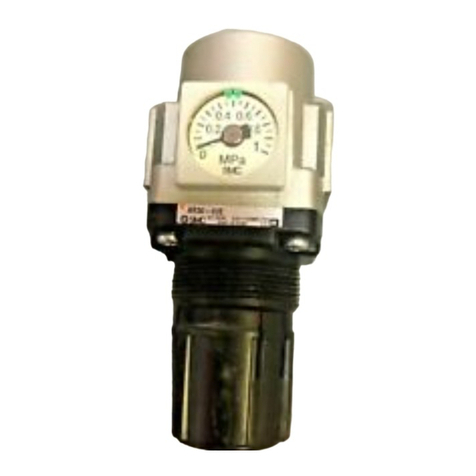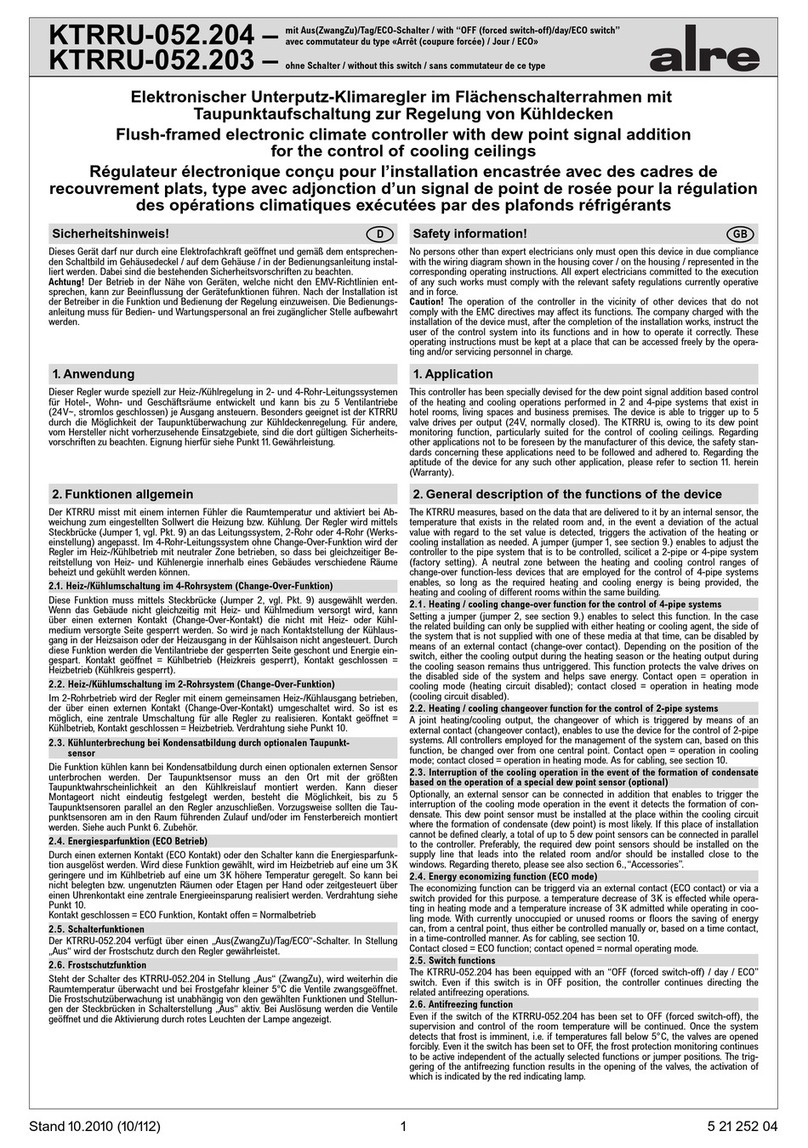
Quick Parameter Reference
SCW100 | 5
0
Modbus
Parameter/
Address
Description Adjustable Range Factory
Setting
User
Setting Properties Page
160 Reset P1 C1 Operation Counter 0 to 65535 0 rw, 16 bit 5-6
161 Reset P1 C2 Operation Counter 0 to 65535 0 rw, 16 bit 5-6
162 Reset P2 C1 Operation Counter 0 to 65535 0 rw, 16 bit 5-6
163 Reset P2 C2 Operation Counter 0 to 65535 0 rw, 16 bit 5-6
164 Reset P3 C1 Operation Counter 0 to 65535 0 rw, 16 bit 5-6
165 Reset P3 C2 Operation Counter 0 to 65535 0 rw, 16 bit 5-6
166 Reset P4 C1 Operation Counter 0 to 65535 0 rw, 16 bit 5-6
167 Reset P4 C2 Operation Counter 0 to 65535 0 rw, 16 bit 5-6
200 P1 Status 0 to 65535 - ro, 16 bit 5-7
201 P1 Status - Contactor 0 to 1 - ro, 16 bit 5-7
202 P1 Status - Error 0 to 65535 - ro, 16 bit 5-7
203 P1 Status - Alarm 0 to 65535 - ro, 16 bit 5-8
204 P2 Status 0 to 65535 - ro, 16 bit 5-7
205 P2 Status - Contactor 0 to 1 - ro, 16 bit 5-7
206 P2 Status - Error 0 to 65535 - ro, 16 bit 5-7
207 P2 Status - Alarm 0 to 65535 - ro, 16 bit 5-8
208 P3 Status 0 to 65535 - ro, 16 bit 5-7
209 P3 Status - Contactor 0 to 1 - ro, 16 bit 5-7
210 P3 Status - Error 0 to 65535 - ro, 16 bit 5-8
211 P3 Status - Alarm 0 to 65535 - ro, 16 bit 5-8
212 P4 Status 0 to 65535 - ro, 16 bit 5-7
213 P4 Status - Contactor 0 to 1 - ro, 16 bit 5-7
214 P4 Status - Error 0 to 65535 - ro, 16 bit 5-8
215 P4 Status - Alarm 0 to 65535 - ro, 16 bit 5-8
300 P1 - Last Error 1 0 to 65535 - ro, 16 bit 5-9
301 P1 - Last Error 2 0 to 65535 - ro, 16 bit 5-9
302 P1 - Last Error 3 0 to 65535 - ro, 16 bit 5-9
303 P1 - Last Error 4 0 to 65535 - ro, 16 bit 5-9
304 P1 - Last Error 5 0 to 65535 - ro, 16 bit 5-9
305 P2 - Last Error 1 0 to 65535 - ro, 16 bit 5-9
306 P2 - Last Error 2 0 to 65535 - ro, 16 bit 5-9
307 P2 - Last Error 3 0 to 65535 - ro, 16 bit 5-9
308 P2 - Last Error 4 0 to 65535 - ro, 16 bit 5-9
309 P2 - Last Error 5 0 to 65535 - ro, 16 bit 5-9
310 P3 - Last Error 1 0 to 65535 - ro, 16 bit 5-9
311 P3 - Last Error 2 0 to 65535 - ro, 16 bit 5-9
312 P3 - Last Error 3 0 to 65535 - ro, 16 bit 5-9
313 P3 - Last Error 4 0 to 65535 - ro, 16 bit 5-9
314 P3 - Last Error 5 0 to 65535 - ro, 16 bit 5-9
315 P4 - Last Error 1 0 to 65535 - ro, 16 bit 5-9
316 P4 - Last Error 2 0 to 65535 - ro, 16 bit 5-9
317 P4 - Last Error 3 0 to 65535 - ro, 16 bit 5-9
318 P4 - Last Error 4 0 to 65535 - ro, 16 bit 5-9
319 P4 - Last Error 5 0 to 65535 - ro, 16 bit 5-10
320 P1 - Last Alarm 1 0 to 65535 - ro, 16 bit 5-10
321 P1 - Last Alarm 2 0 to 65535 - ro, 16 bit 5-10
322 P1 - Last Alarm 3 0 to 65535 - ro, 16 bit 5-10
323 P1 - Last Alarm 4 0 to 65535 - ro, 16 bit 5-10
324 P1 - Last Alarm 5 0 to 65535 - ro, 16 bit 5-10
325 P2 - Last Alarm 1 0 to 65535 - ro, 16 bit 5-10
326 P2 - Last Alarm 2 0 to 65535 - ro, 16 bit 5-10
327 P2 - Last Alarm 3 0 to 65535 - ro, 16 bit 5-10
328 P2 - Last Alarm 4 0 to 65535 - ro, 16 bit 5-10
329 P2 - Last Alarm 5 0 to 65535 - ro, 16 bit 5-10
330 P3 - Last Alarm 1 0 to 65535 - ro, 16 bit 5-10
331 P3 - Last Alarm 2 0 to 65535 - ro, 16 bit 5-10
332 P3 - Last Alarm 3 0 to 65535 - ro, 16 bit 5-10
333 P3 - Last Alarm 4 0 to 65535 - ro, 16 bit 5-10
334 P3 - Last Alarm 5 0 to 65535 - ro, 16 bit 5-10
335 P4 - Last Alarm 1 0 to 65535 - ro, 16 bit 5-10




















